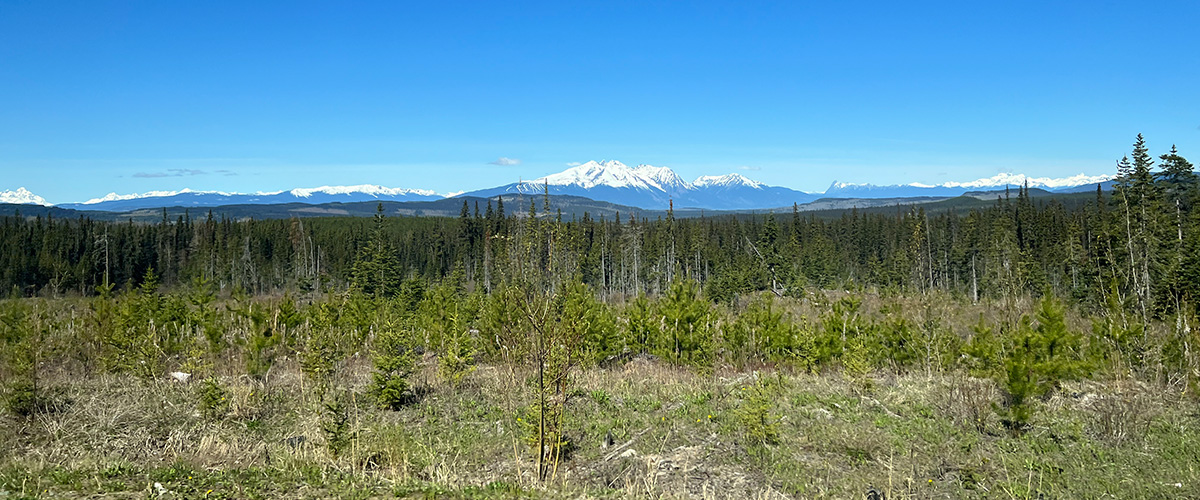BC Timber Sales - Wildfire resilience
 As wildfire risk continues to rise due to drought and climate change, a sustainable forest needs to be resilient in the face of these threats.
As wildfire risk continues to rise due to drought and climate change, a sustainable forest needs to be resilient in the face of these threats.
On this page:
- Decreasing the potential for wildfires
- Wildfire resilience strategy
- Planning for resilience
- Wildfire salvage operations
- Recovery
Decreasing the potential for wildfires
Fire is a natural part of ecosystems, but severe wildfires can adversely impact future forest health, timber supply and other resources. An effective wildfire resilience strategy decreases the potential for wildfire and plans for both reforestation and the recovery of damaged timber after a burn event.

Wildfire resilience strategy
The BCTS Wildfire Resilience Strategy focuses on promoting wildfire resilience in the forests BCTS manages across the province. The potential for wildfire is reduced by promoting best practices around hazard assessment and abatement and, where appropriate, using wildfire adapted stocking standards and prescribed burning.
Incorporating an understanding of future wildfire risk in the development of landscape and site level plans is essential to BCTS' Wildfire Resilience Strategy. The strategy requires an awareness of existing fire susceptible stands and the climate change predictions that may increase any stands susceptibility to wildfire. Hazard assessment tools to measure susceptibility are shared with licensees, contractors and BCTS staff to evaluate current and future risk.
During the wildfire season, BCTS monitors developing wildfires and actively begins plans for post fire recovery actions.
Planning for resilience
A resilient forest requires the proactive implementation of wildfire resilience actions.
BCTS' Wildfire Resilience Strategy planning practices include wildfire risk reduction in Wildland Urban Interface areas, where human development interacts with the natural environment, and through landscape fire management efforts including strategically locating fuel breaks at the stand and landscape level. The thinning of existing stands, partial cutting and prescribed burning can reduce potential fuel loads while road and cutblocks can be designed to further isolate and reduce hazardous fuels.
Wildfire salvage operations
Expediting wildfire salvage is a priority to ensure we do everything we can to minimize economic impacts and accelerate recovery of the land after a wildfire. Not all fire damaged timber can be recovered. This is due to considerations such as the severity of the burn, accessibility, damage, retention areas and cultural values. The quality and value of wildfire damaged timber deteriorates rapidly. The salvage process begins quickly to efficiently make use of timber that may be fuel for a future event or delay the replanting process.
Wildfire salvage planning and harvesting will be conducted in a sustainable manner and in collaboration with First Nations. It will also be in accordance with Chief Forester allowable annual cut determinations and the BCTS apportionment volumes.
An important aspect of the BCTS Wildfire Resiliency Strategy is the productive use of the fire damaged timber to allow for reforestation through seedling planting. The salvaged timber is integrated into the market to meet the fibre needs of timber processing facilities (primary sawmills, secondary manufacturers, and residual fibre processors).
Recovery
Recovery planning can begin during a wildfire event. This ensures the processes are in place to reforest the area with native seedlings and to salvage useable timber. Engagement with First Nations begins early in the planning process and is ongoing through the reforestation and recovery effort.

